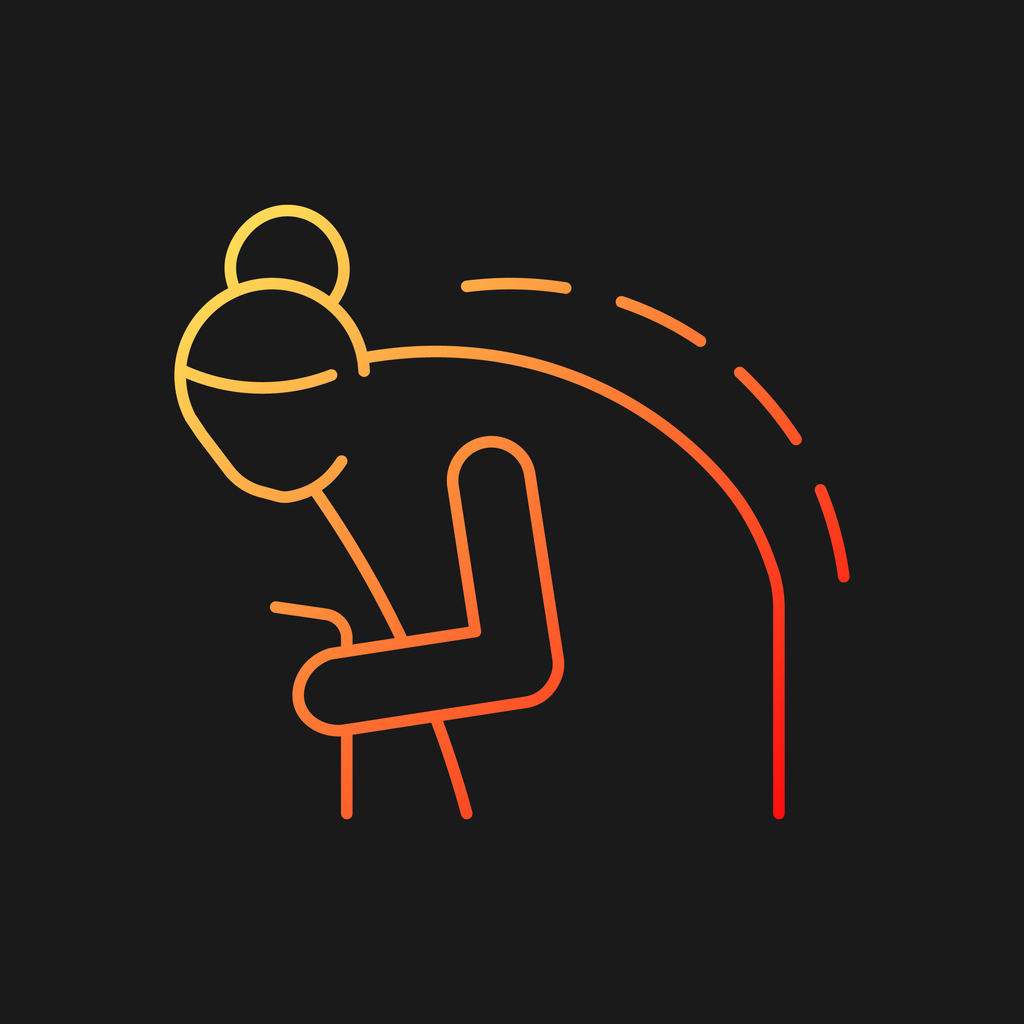Pain
Types of Kyphosis
Source: National Center for Biotechnology Information: U.S. National Library of Medicine: National Institutes of Health, Mayo Clinic, Cleveland Clinic, Johns Hopkins Medicine, WebMD

Do you find this helpful
Print
Share
Save
What is kyphosis?
Kyphosis is a spinal deformity that is characterized by a forward curvature of the vertebrae in the upper back. The natural curve of the spine can bend from 20 to 45 degrees in the upper back. With kyphosis, the spine is abnormally rounded by 50 degrees or more on an X-ray. It may also be referred to as a “hunchback.”
Types of kyphosis
There are three types of kyphosis: postural, Scheuermann’s, and congenital.
- Postural kyphosis is the most common type and typically begins to show in adolescents. It affects the middle of the back. The curvature of postural kyphosis is greater than 50 degrees. Although it does not involve malformed vertebrae, over time, it results in stretched back muscles and spine ligaments. As individuals age, the loss of muscle strength causes poor posture, which increases compressive forces on the thoracolumbar spine. This can result in a wedge-like fracture in the elderly. It may be possible to improve this type of kyphosis with specific exercises. Females are more impacted by postural kyphosis than males.
- Scheuermann’s kyphosis, or juvenile kyphosis, involves vertebrae that have developed a wedge-like shape in the upper back. It is the most severe form of kyphosis and typically occurs prior to puberty. This variation is more rigid and tends to worsen with growth. Scheuermann’s kyphosis results in a hunched look due to the inner sides of the vertebrae growing slower than the back edges. It has two types. The most common type affects the middle portion of the spine between the upper back and neck. The second type impacts the middle and lower sections of the spine. Although more research is needed, the cause of Scheuermann’s kyphosis may be genetic.
- Congenital kyphosis indicates that one or more vertebrae have a difference in shape. This difference will be present from the time of birth and may become more prominent over time. Although congenital kyphosis is uncommon, it can be disabling. It is associated with neurological conditions and may progress rapidly. Congenital kyphosis has two types: type one is failure of formation (vertebrae do not develop) and type two is failure of segmentation (vertebrae do not separate). Type two congenital kyphosis is oftentimes diagnosed after a child begins to walk. It is the second most common cause of spinal cord compression due to deformities of the spine, following tuberculosis.












